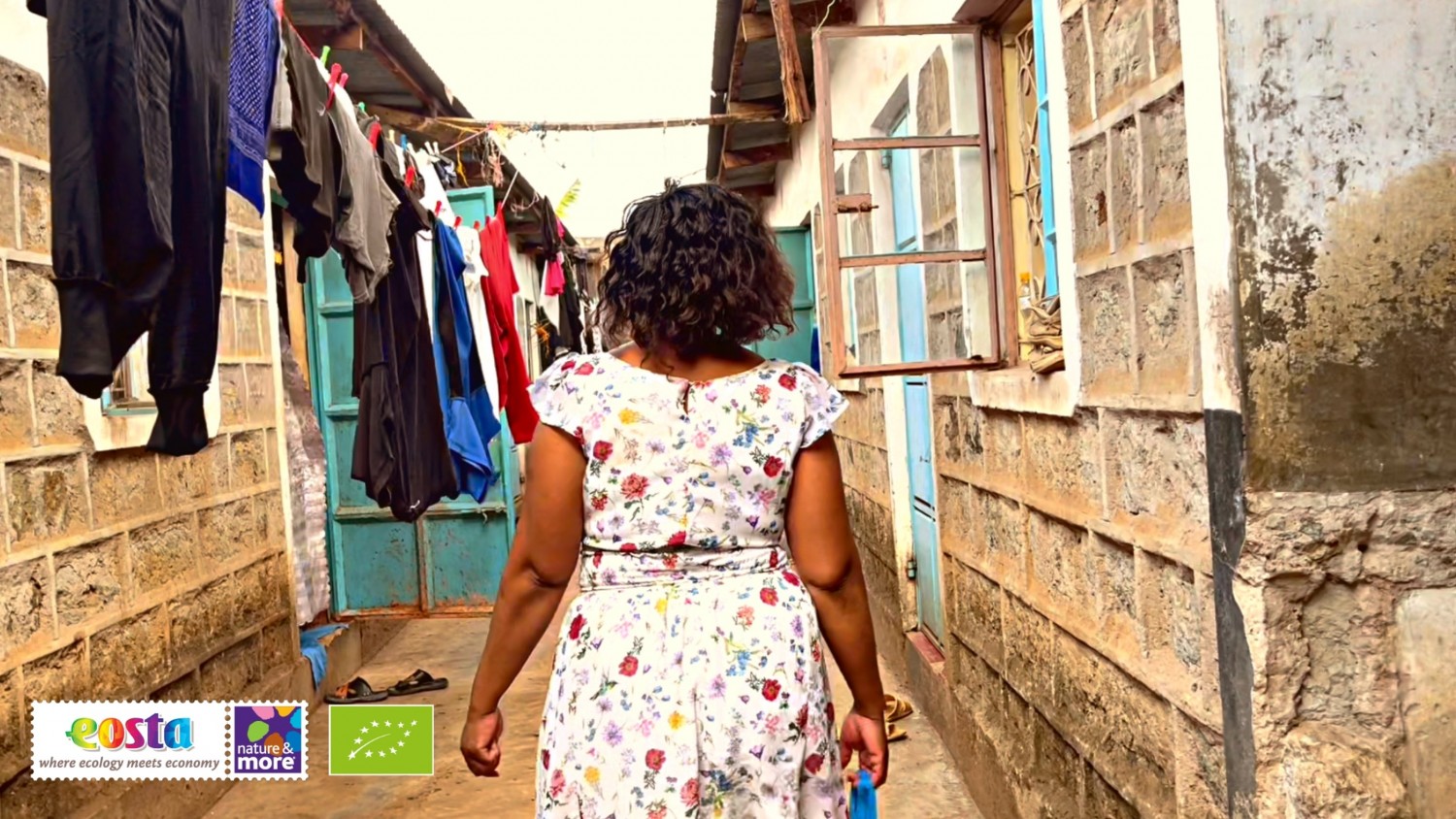
Living Wage: from ideal to new norm?
Everyone deserves a wage you can live on. That is the starting point of Living Wage. But what is the state of affairs in 2025? What has been achieved - and what lies ahead?
Attention is growing worldwide
Attention to living wages has increased significantly in recent years. Organisations such as the Global Living Wage Coalition, Fairtrade, Rainforest Alliance and IDH developed methods to make the gap between wages and living wages transparent. Major companies such as Unilever and L'Oréal have now committed to working towards Living Wage in their chains.
Living Wage as a reference within CSRD
Since 2024, the CSRD directive requires large companies in Europe to report on social sustainability, including wages in their supply chains. While Living Wage is not (yet) an explicit obligation, under ESRS S2, companies do have to demonstrate whether wages are "adequate".
In doing so, they should use the highest of these three standards:
- the local minimum wage
- the "double decency threshold"
- or a Living Wage benchmark, whichever is higher
Living Wage is thus increasingly becoming the benchmark. Companies are expected to analyse any differences, make them transparent and - where possible - draw up action plans to close the gap.
Looking ahead: towards obligation in 2027?
With the expected introduction of the Corporate Sustainability Due Diligence Directive (CSDDD) in 2027, due diligence on living wage is indeed expected to become a formal obligation. Current CSRD reports can already anticipate this.
What does this require from companies?
Transparency about wages in the chain is no longer becoming a casual choice.
Analysing wage data, working with certified suppliers (such as Fairtrade or Living Wage partners), and reporting on concrete steps towards living wages are becoming increasingly important.
This is essential to meet today's CSRD requirements, as well as to be prepared for tomorrow's obligations.





